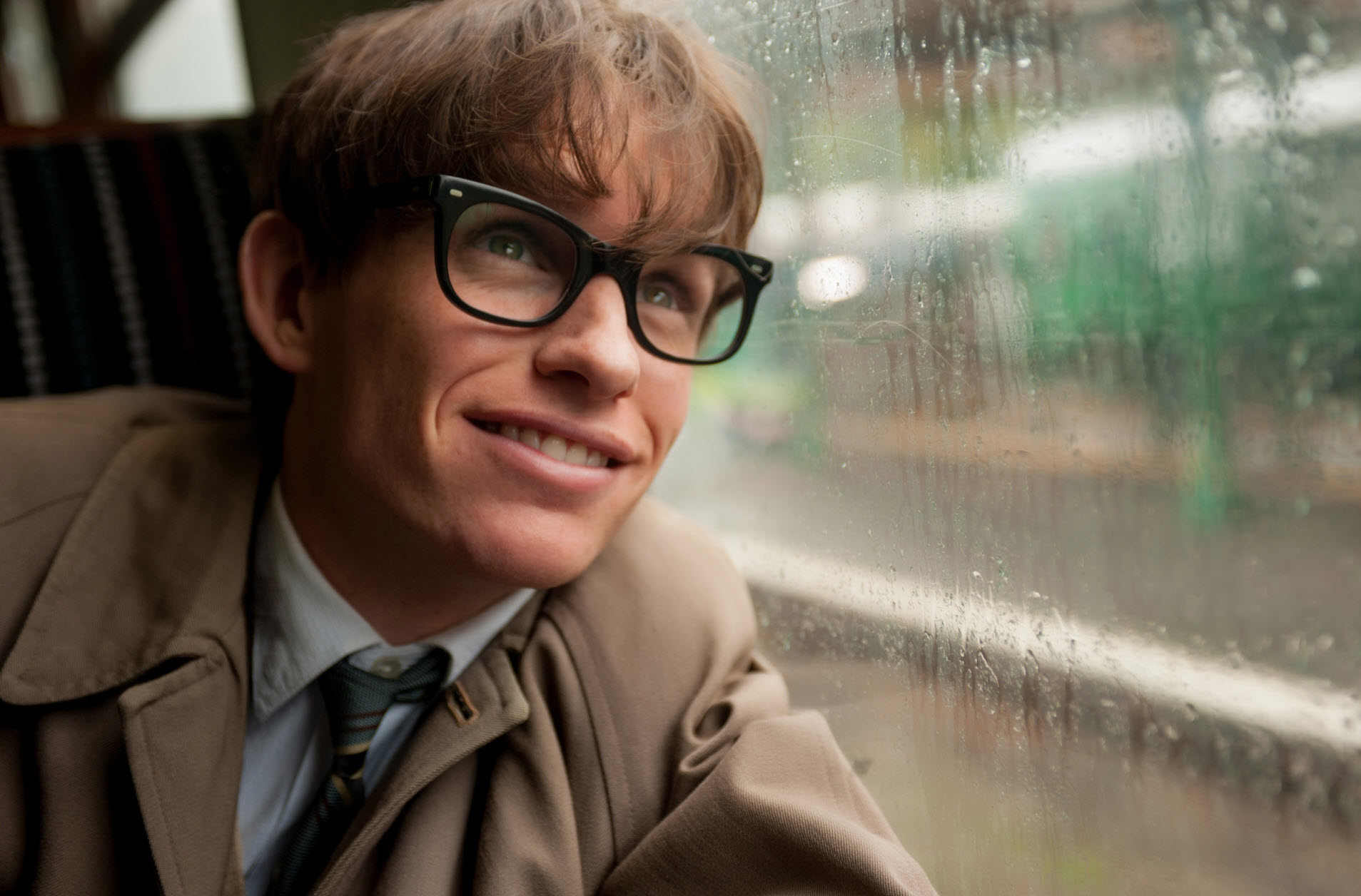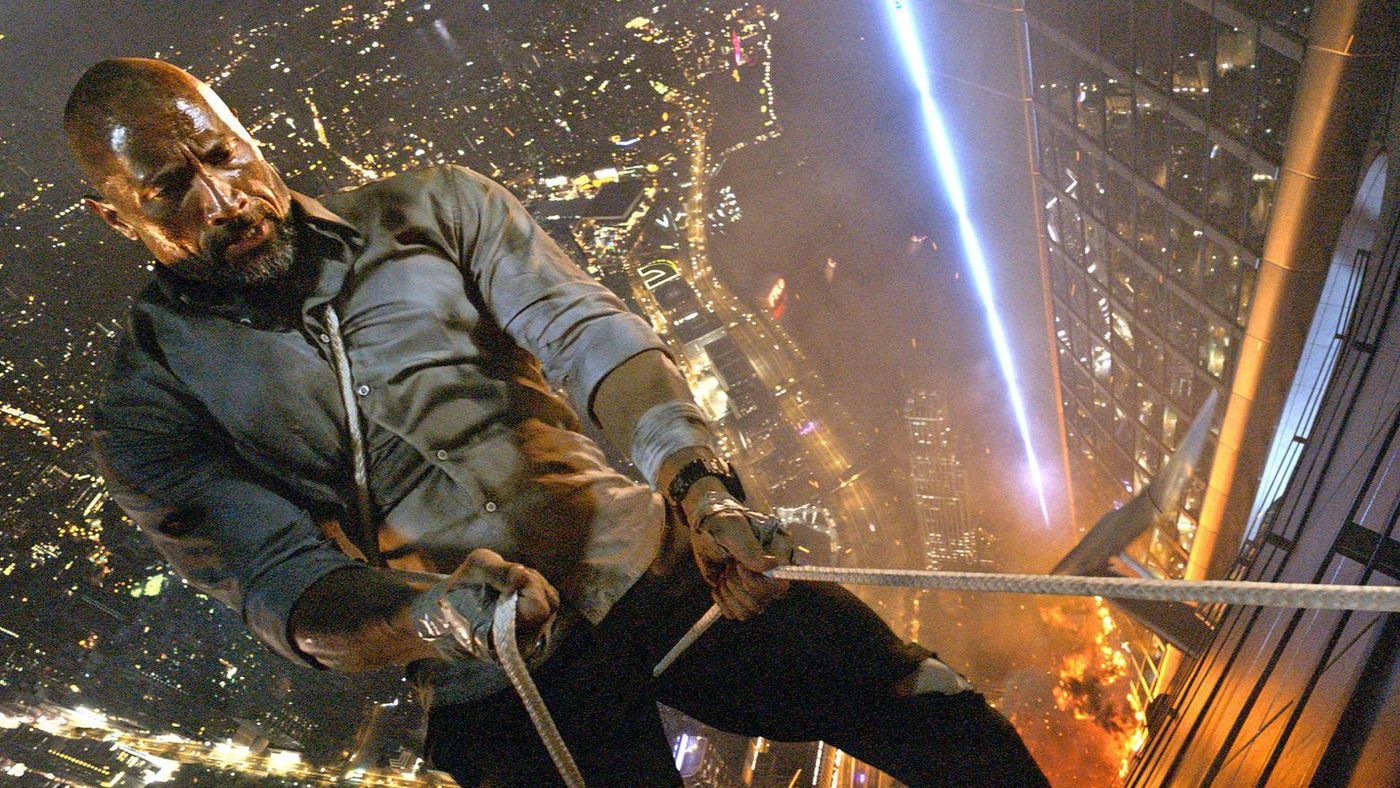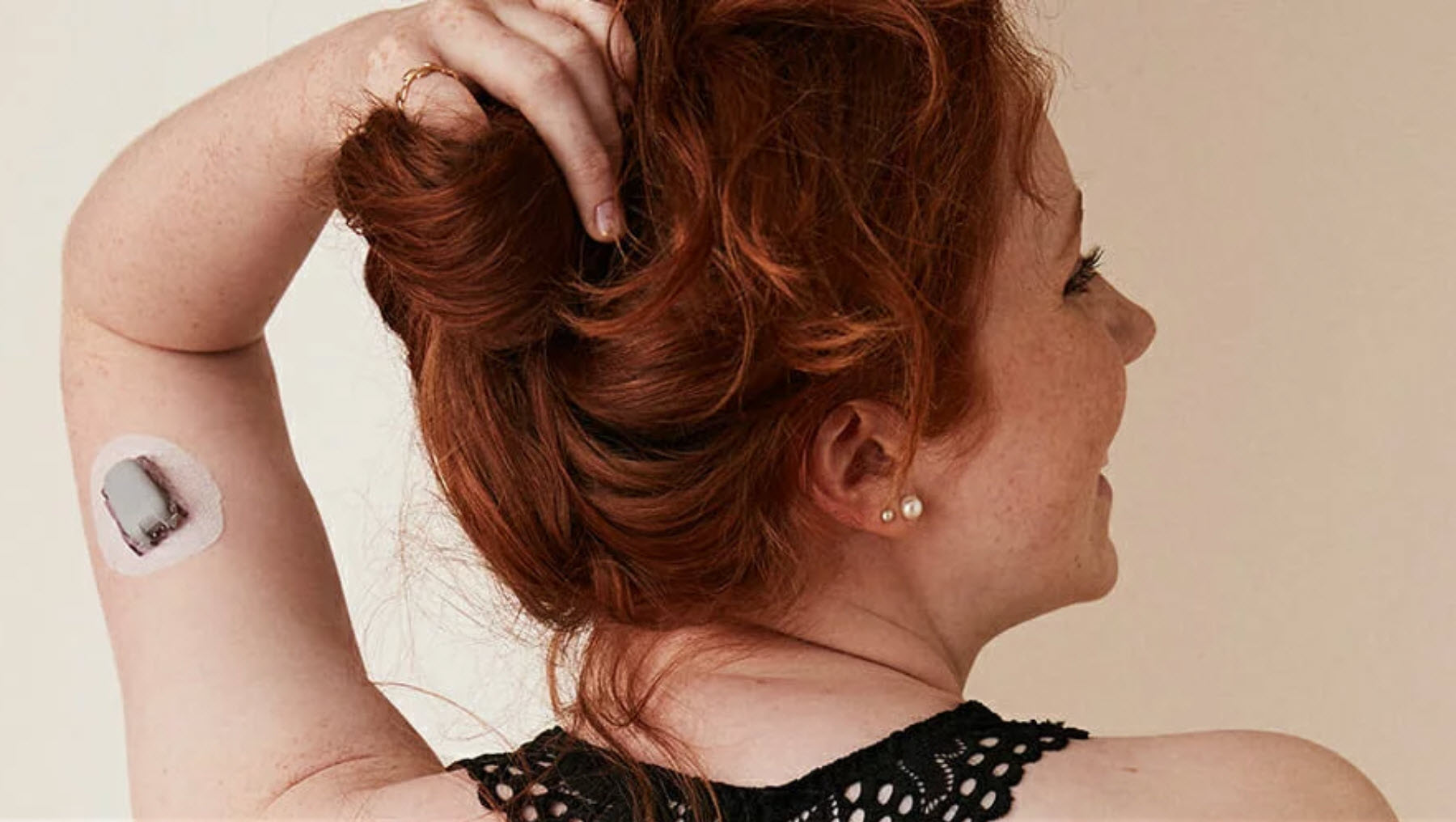When Aerie, American Eagle’s lingerie brand, recently released a slew of new images onto its website, the swift public reaction wasn’t a response to the bras. It was overwhelming praise for the models who were wearing them. Not only did the models sport normal body types, but several of them had visible disabilities and illnesses, something that is rarely seen in the mass media.
The models displayed a wide array of conditions and assistive devices, including vitiligo, arm crutches, a wheelchair, a colostomy bag and Down syndrome. Twitter practically blew up in an instant, with users praising Aerie for joining the movement toward disability inclusion and for representing those who tend to be ignored in mass media.

This isn’t the first time that disabled models have made strides in the media. Moscow Fashion Week in 2017 featured a collection from Open World that featured models in wheelchairs. Madeline Stuart, an Australian model with Down syndrome, launched her own fashion label for 2017 New York Fashion Week two years after making her runway debut.
It’s been revolutionary for the overall perception of individuals with disabilities, showing the public that they’re hardly different from their able-bodied peers and are capable of far more than most people think. Unfortunately, these steps pale in comparison to how much still needs to be accomplished with disabled representation.
While the media has made very publicized strides toward representing wider varieties of sexual orientation, race and cultural backgrounds, the same can’t really be said for individuals with disabilities or chronic illnesses.
Even though it feels as though there are more disabled characters being shown in movies and on television, they’re still being portrayed by able-bodied actors. A 2016 study found that even though disabled people make up 20 percent of the U.S. population, 95 percent of disabled characters are played by able-bodied actors.

It’s a phenomenon that the disabled community calls “crippling up,” and it’s noticeable even in some of the most critically acclaimed films and television series of recent years. “The Theory of Everything” starred Eddie Redmayne, whose work in the film won him the Oscar for best actor, as ALS-stricken physicist Stephen Hawking.
“The Shape of Water,” which won this year’s Oscar for Best Picture, featured Sally Hawkins as a mute cleaning woman in a government facility. It was even a central criticism of the hit television show “Glee,” which featured able-bodied actor Kevin McHale as paraplegic Artie.
Some people try to compare these situations to straight actors portraying gay or transgender characters. As long as the character is representing a specific community, isn’t it be fine? No, it isn’t. Would it have been alright if Aerie put an able-bodied model into a wheelchair or into arm crutches just to make a point? Not at all. Sure, it’s fantastic that the media has grown more accepting of telling the stories of disabled characters. But the fact that it still hesitates when casting disabled actors into these roles speaks volumes.
Perhaps the most recent example of this is Dwayne Johnson’s newest role as a disabled veteran in the film “Skyscraper.” In an open letter published to Deadline, actress Katy Sullivan, who is a bilateral above-knee amputee, praised the film for including a disabled character, but also blasted it for using an able-bodied actor.

“There is a bit of a misconception that a performer with a disability wouldn’t be able to handle the grueling schedule of a feature film,” she writes. “This community of ours contains some of the strongest, most capable and tough individuals imaginable. And the amount of determination they need to just deal with a world that wasn’t made with them in mind is staggering.”
The public perception of disabled individuals is extremely dependent on how they’re represented in mass media. Accurately telling their stories dispels negative stereotypes and promotes their normalization in society. The best way to do that is to put disabled people at the forefront, not able-bodied people simply portraying a character.
It’s true that studios have to think about their bottom line when making casting decisions, and from that perspective it only makes sense to cast someone like Dwayne Johnson in a high-profile film or television show, regardless of the character they’re playing. But not even giving a thought to casting a disabled actor in these sorts of roles robs them of the opportunity to become as marketable as the most high-profile of able-bodied celebrities.
It’s been proven time and time again that using disabled actors in disabled roles works in the favor of any project. A&E’s “Breaking Bad” and ABC’s “Speechless,” two critically acclaimed television shows, both feature actors with cerebral palsy in prominent roles. Freeform’s “Switched at Birth,” which ran for five seasons and is the network’s highest rated season to date, starred hard of hearing actress Katie Leclerc as the deaf protagonist.
The breakout star of the recent smash horror hit, “A Quiet Place,” was deaf actress Millicent Simmonds. These roles could have easily been played by well-known able-bodied actors, but it’s because they weren’t that these characters were able to be given the depth and complexity they deserved.
At the very least, the public should be talking about disability inclusion as much as it talks about representation of other groups. It will be a slow process, but it starts with the people who have the power to change how marginalized groups are represented in their work: the casting agents, the modeling agents, the directors and the producers.
Even though it doesn’t necessarily touch the film and television industry, Aerie’s recent campaign still sends a powerful message that affects all mediums of media: sometimes taking the unconventional approach pays off. There are countless disabled models and actors in the world who have the ambition and the talent that is required to be successful in their industries. But they can’t fulfill that potential if they’re not given opportunities.
Aerie’s models, who have probably been rejected jobs because of their physical conditions, were just as fabulous as any mainstream supermodel that doesn’t reflect how most women look. It might even be enough to convince the media moguls that they’re missing out when they write off 20 percent of the American population for their projects.
So perhaps it really shouldn’t be such a radical thing to expect the changing media landscape to make a space at the table for people with disabilities. Is it really too much to ask?

















